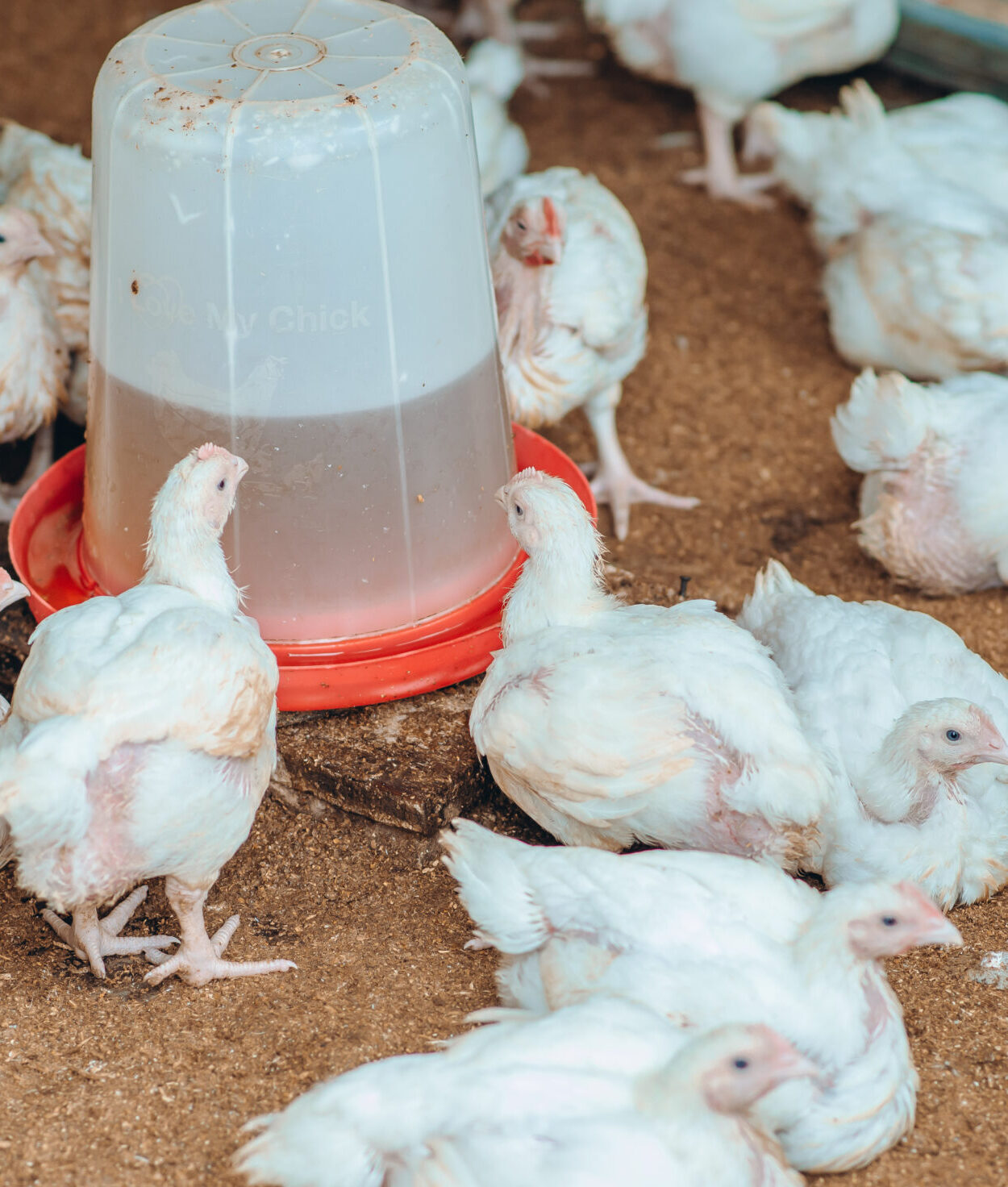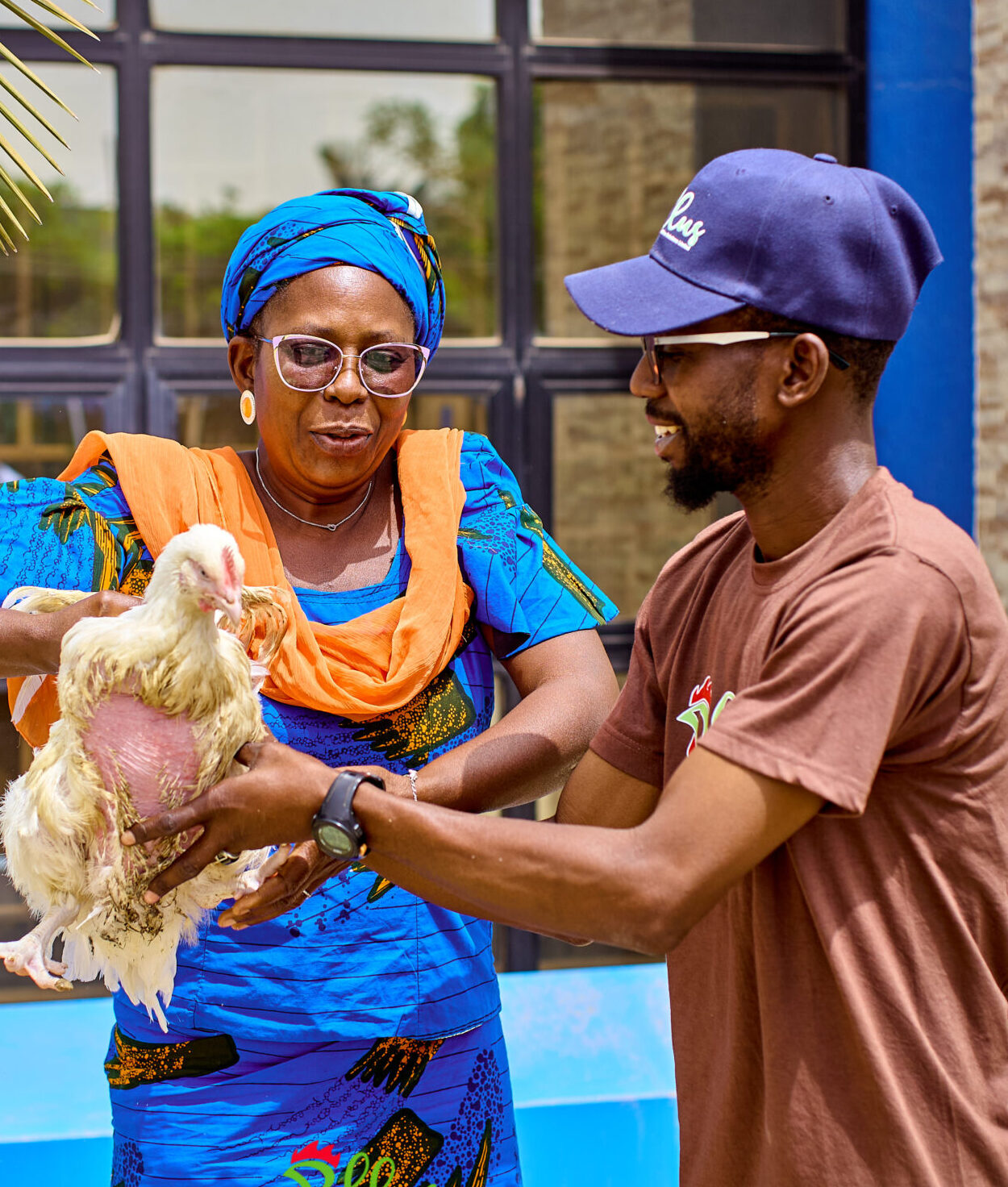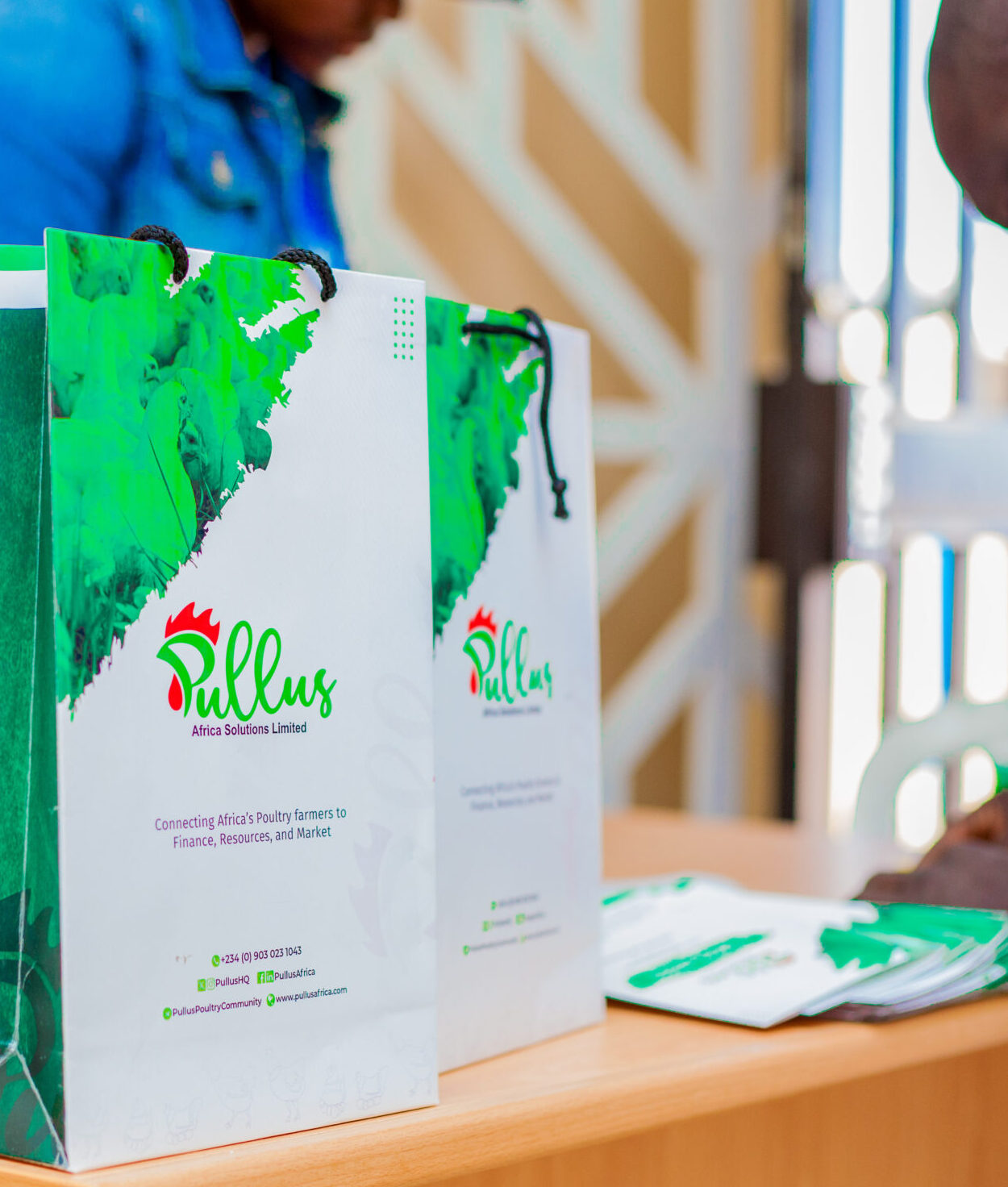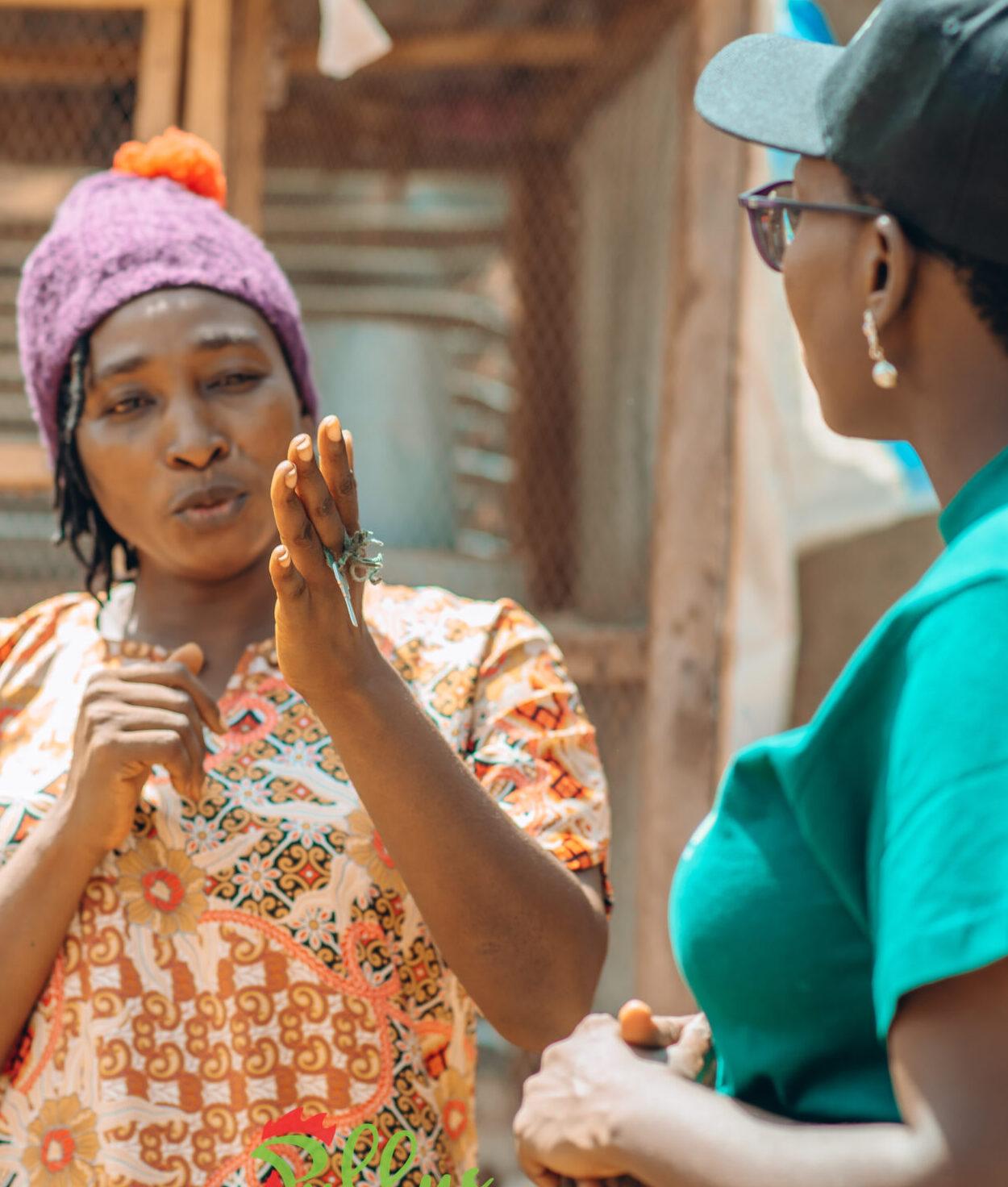As a poultry farmer, you’re well aware of the fluctuations in demand and supply that come with different seasons. Understanding these cycles is crucial to making informed decisions and maximising profits.
In this post, we’ll explore the glut period and scarcity period in the poultry market, and provide actionable steps to help you navigate these seasons.
Glut Period, which is the period when the supply of chickens exceeds the demand. This happens between June and August.
During these summer months, the poultry market experiences a downturn. With fewer festivals and celebrations, demand for chicken decreases.
The Hatcheries also breed chicken during this period and sell directly to consumers making it impossible for consumers to buy from farmers since they can get from the Hatcheries mostly at cheaper prices. These factors leads to:
1. Reduced prices of day-old chicks (DOC)
2. Farmers taking in more birds than their capacity because of the reduced price of the Day Old Chick
3. Surplus chickens in the market 5-6 weeks later due to the fact that farmers took more birds because they were cheaper.
This surplus of birds results in lower prices, reduced profits, and potential losses for farmers.
Scarcity Period, which refers to a situation where the demand for chicken or chicken products exceeds the available supply, leading to limited availability, high prices. This happens between December and February.
In contrast, the scarcity period is characterised by:
1. High demand for chicken during holidays and festivals
2. Increased prices of DOC
3. Farmers keeping smaller batches, leading to limited supply
This scarcity drives up prices, making it challenging for farmers to meet demand.
Solutions for Poultry Farmers
To navigate these seasonal fluctuations, consider the following strategies:
1. Work with Data
Analyse historical market trends, demand patterns, and pricing fluctuations. This data-driven approach will help you make informed decisions on:
– When to stock up or reduce bird numbers
– Optimal pricing strategies
– Identifying potential market gaps
– work with us (Pullus Africa) as we offer advisory services to farmers, forecasting demand and supply trends
2. Secure Guaranteed Markets
Before stocking birds, ensure you have a guaranteed market for your products. This could include:
– Contracts with processors or wholesalers
– Established relationships with local buyers
-Sell your birds on app.pullusafrica.com
3. Seek Buyer Consent
Before keeping birds during the glut period, confirm demand from your buyers. This ensures you’re producing to meet actual demand, reducing the risk of oversupply.
4. Stay Ahead with Pullus Africa
At Pullus Africa, we understand the challenges poultry farmers face in navigating market fluctuations. That’s why we provide:
– Access to guaranteed markets
– Expert advice on efficient production and cost management
By joining a Pullus Cluster, you:
• Benefit from collective bulk sales
• Combine your birds with other farmers to meet bulk demand
• Enjoy guaranteed off-take through the pullus app, at competitive prices
• Reduce market risks and increase profitability
To Join a Cluster in Kaduna, Nassarawa or Abuja, Call our Customer Care Line Today 09030231043, or chat us up on whatsApp 09128585153
Sign up on app.pullusafrica.comand complete your registration to keep records of your poultry business, keep track of your water and feed consumption rate, monitor your feed conversion ratio, request for off-take of your birds.
By understanding the seasonal fluctuations in the poultry market and implementing these strategies, you’ll be better equipped to navigate the glut and scarcity periods.






